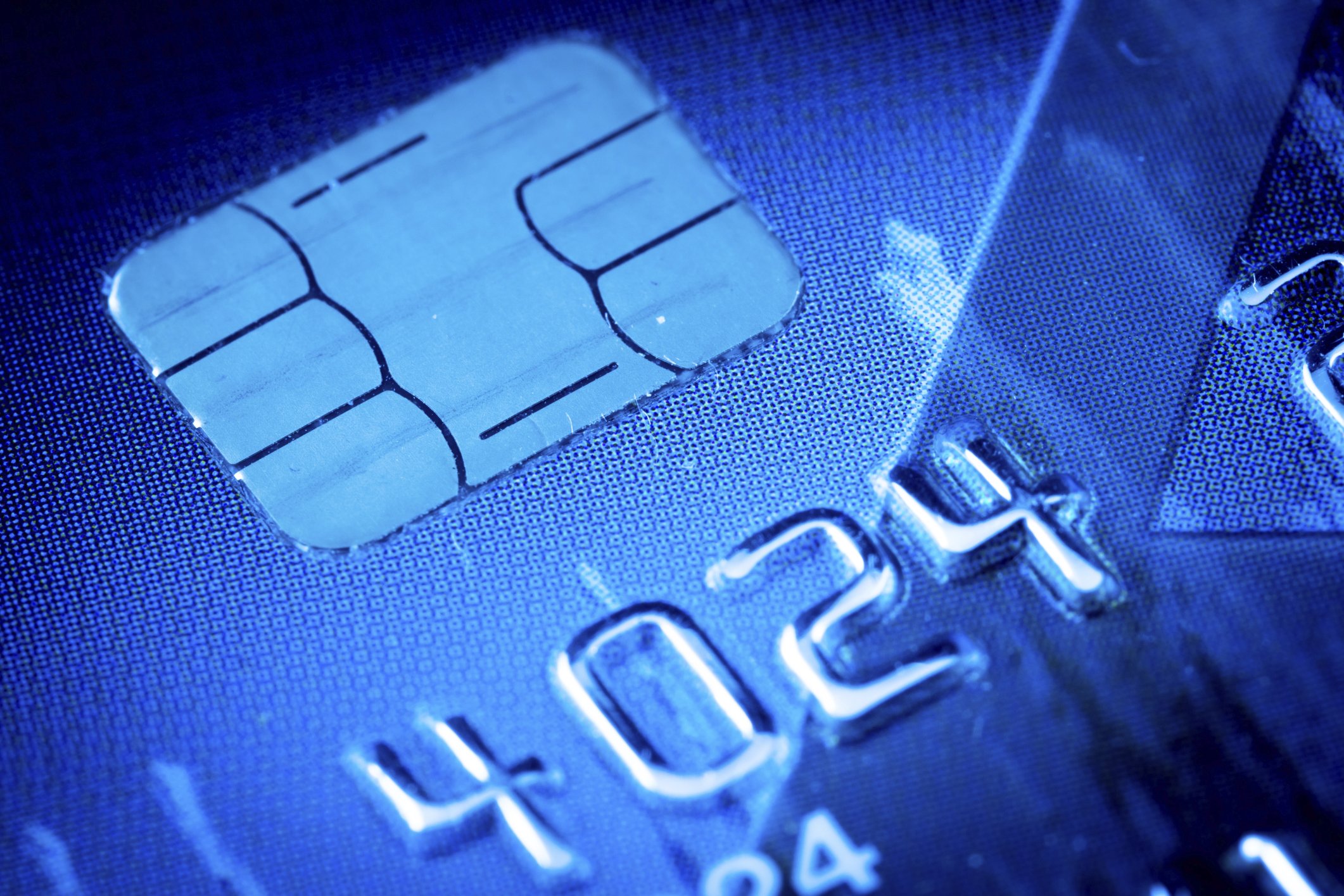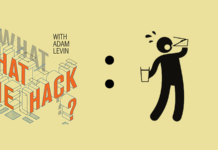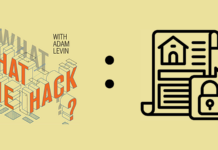
U.S. consumers have finally been liberated from archaic technology that used to protect them and their credit cards from identity theft. Millions of Americans now have chip-enabled credit cards, and the results of this sweeping change are in.
An estimated 13 million consumers fell victim to identity theft fraud in 2015, according to Javelin Strategy and Research’s latest annual Identity Fraud Study. That represents a small (3%) increase over the firm’s 2014 findings, but a more serious type of ID theft — new account fraud — actually doubled last year. It’s too soon to know why exactly, said the folks at Javelin, but chip cards could be behind the shift.
A More Dangerous Kind of Fraud
“Fraud is changing in a way that makes it more dangerous,” said Al Pascual, director of fraud and security at Javelin. “There is some troubling news, but some good news, too.”
Chip credit and debit cards, also known as EMV cards, make creation of counterfeit credit cards nearly impossible for identity criminals. Fraud rings used to take stolen account data from big retailers like Target and print the account numbers onto fake credit cards for use by criminals. But that route is growing extinct as EMV use grows. So those criminals undertake other frauds, such as using stolen Social Security numbers to open up brand new credit cards in victims’ names.
“With the much-anticipated U.S. shift to EMV well underway, fraudsters are transitioning along with consumers,” the Javelin report said. “This drove a 113% increase in incidents of new account fraud, which now accounts for 20% of all fraud losses.”
New account fraud had declined for the past three years.
The results aren’t a big surprise; plenty of experts predicted that EMV wouldn’t end fraud, but rather shift it to other forms. It also doesn’t mean the shift to EMV was a mistake; it does mean that, as criminals move to other forms of crime, bankers and retailers have to react.
New Account Fraud Harder to Detect
In the meantime, there are new headaches for consumers. Detecting new account fraud and recovering from it is much more complex than disputing fraudulent charges on an existing card.
The Javelin report also found that victims of data breaches are now more likely to become victims of fraud than in the past. Last year, 1 out of 7 breach victims were hit by fraud; this year, the odds increased to 1 in 5.
Pascual said he wasn’t surprised by that finding because database thefts in 2015 often involved Social Security numbers and other personal information — think of the Anthem health care database theft — rather than merely credit card information, as in the Target and Home Depot thefts.
“We had been projecting this kind of change. But it was compounded by the fact that last year was a big year for theft of sensitive information. There were 64% more Social Security numbers exposed in 2015 than 2014,” he said.
Not surprisingly, victims of Social Security number data theft were dramatically more likely to suffer new account fraud — 4% of Social Security number theft victims versus 0.6% of the general public, Javelin said.
The news isn’t all bad. The overall amount of fraud continues to drop, from $23 billion in 2010 and $16 billion in 2014 to $15 billion last year. And the amount of existing card fraud dropped from $9 billion to $8 billion last year, the report said.
But in another shift expected by the financial industry, so-called “card-not-present fraud” — fraud where a physical card need not be presented, like online or telephone shopping — overtook point-of-sale fraud, Javelin said.
The banking industry isn’t sitting still. To combat increases in card-not-present fraud, merchants and banks are slowly turning toward digital token-based systems that would do for online transactions what chips do for in-person transactions.
But that shift is slow, so the usual advice to consumers is even more imperative this year: Check credit card statements every month for fraudulent charges, and check credit reports at least once each year for signs of new account fraud. You can get your credit reports for free at AnnualCreditReport.com and you can get your credit scores for free every month on Credit.com.
In the cat-and-mouse game played by thieves and the financial industry, things might get worse for consumers before they get better.
“Criminals have to find a way to get paid,” Pascal said.
The annual Javelin study of ID theft victims is in it 13th consecutive year. The firm surveyed 5,111 U.S. consumers in 2015 and has surveyed 64,000 respondents since 2003. The study is independent, the firm said, but funded by LifeLock Inc.
This article originally appeared on Credit.com and was written by Bob Sullivan.










